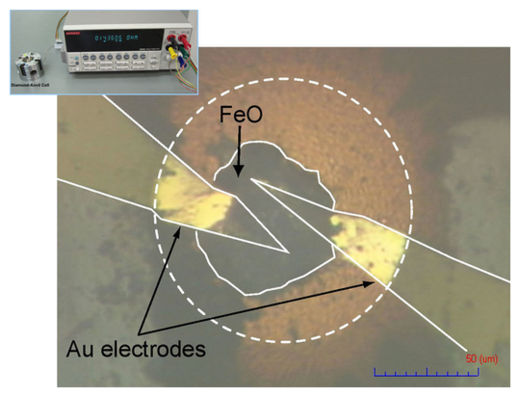
© Peter Dazeley/GettyGenetics has a direct influence on how well intelligence lasts into old age, a study of Scottish people has found.
A Scottish intelligence study that began 80 years ago has borne new fruit. Researchers have tracked down the study's surviving participants - who joined the study when they were 11 years old - to estimate the role that our genes have in maintaining intelligence through to old age.
Researchers have long been interested in understanding how cognition changes with age, and why these changes are more rapid in some people than in others. But, in the past, studies of age-related intelligence changes were often performed when the subjects were already elderly.
Then, in the late 1990s, research psychologist Ian Deary of the University of Edinburgh, UK, and his colleagues realized that Scotland had two data sets that would allow them to take such studies a step further. In 1932 and 1947, officials had conducted a sweeping study of intelligence among thousands of 11-year-old Scottish children. The data, Deary learned, had been kept confidential for decades.
He and his colleagues set about tracking down the original participants, many of whom did not remember taking the original tests. The team collected DNA samples and performed fresh intelligence tests in nearly 2,000 of the original participants, then aged 65 or older.
Previous analyses of the team's data had shown that childhood intelligence correlated well with intelligence in old age. "But it's not a perfect relationship," says Deary. "Some people move up the list and some move down."
In short, some people's intelligence 'ages' better than others. So Deary and his colleagues set out to discover why.












Comment: Ummm... hello!? Shouldn't this mean that psychopaths should be put away for LIFE instead of getting off for being conscienceless killers who "just can't help it"?? What kind of insane logic is this? Oh, yeah, right. We live in a world ruled by psychopaths so of course they should do what they like and get away with it!